A manifesto first published in 1964 challenging graphic designers to use their creative skills to address meaningful social issues
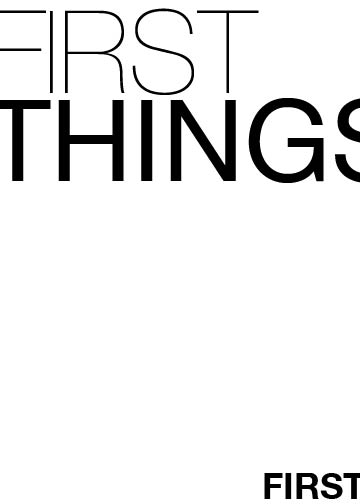

A manifesto first published in 1964 challenging graphic designers to use their creative skills to address meaningful social issues
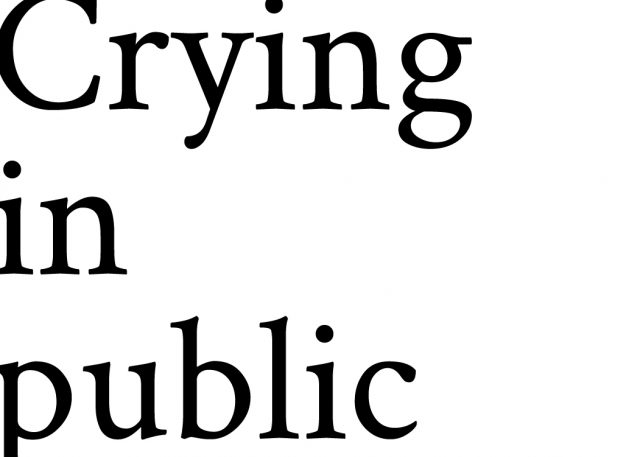
I do have a point here (maybe, I don’t know, who knows).
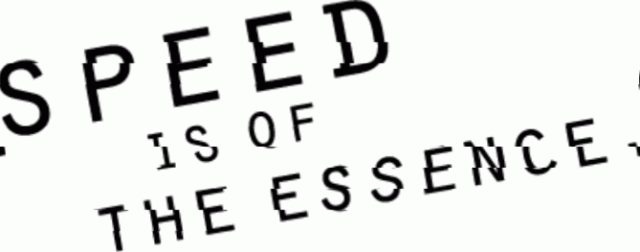
Losing control of craftsmanship.
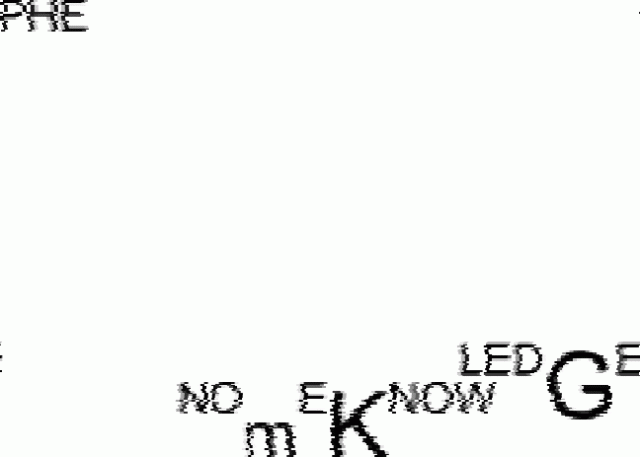
What does it mean to be inclusive in a Phenomenological way?
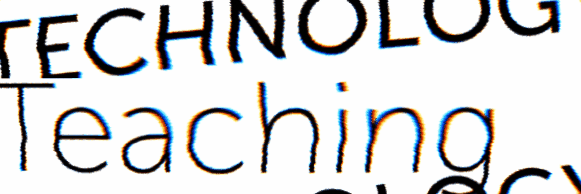
Design has always been an ever changing and very adaptive field since its advent. Technology goes hand in hand with improvement or in better words, updating of teaching methods.
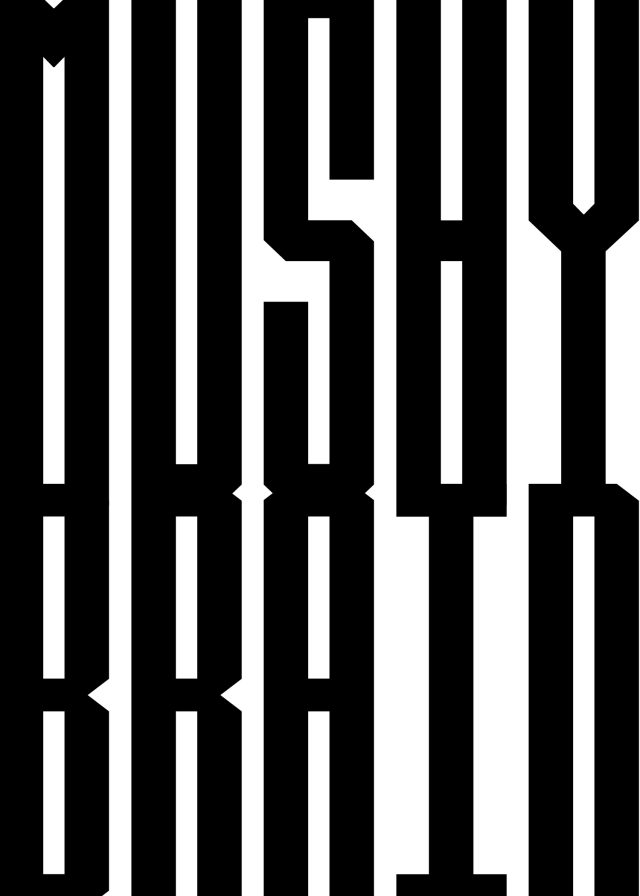
Thesis is the death of tomatoes.
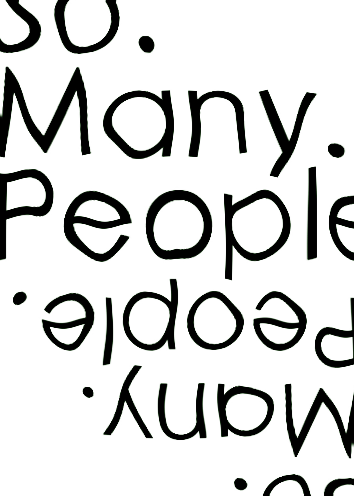
If you have a unique thought but someone has already thought it and you just don’t know it, is it still unique?
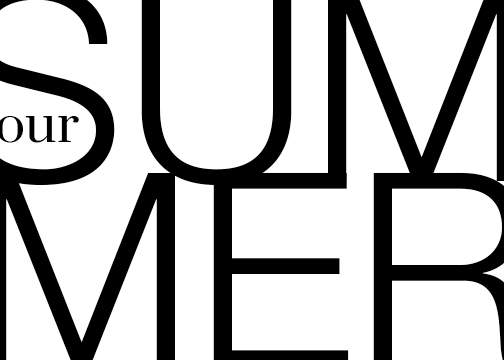
A look-back at my experience interning as a Summer Conference Ambassador.
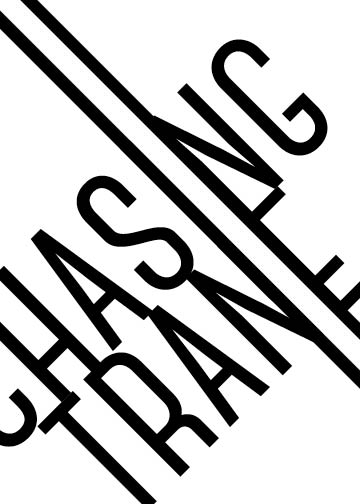
Synchronicity and late night emails. How famous jazz musician John Coltrane might influence creative team building.
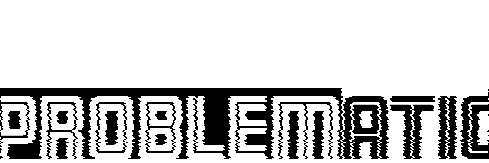
Are design practices pushing for defining design as problem solving for credibility and convenience? Since the very nature of design principles and practices resist definition (the definition is constantly shifting) does it make sense to strive to gain a seat at the table of problem solving?
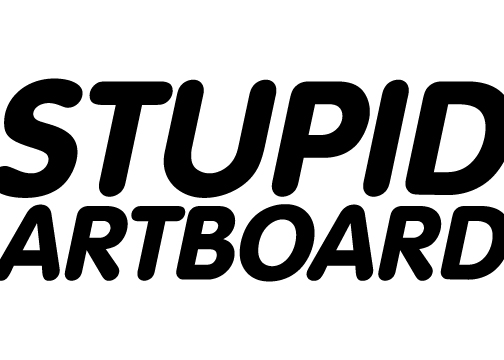
I realized I hate blank space. So, I’ll draw first.
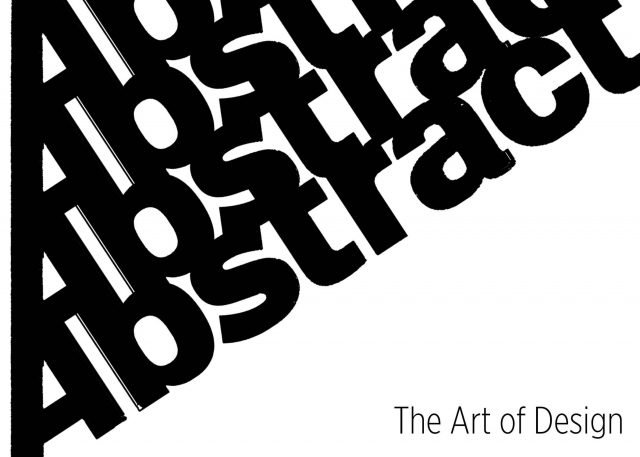
If you need a new show to watch on Netflix, I highly recommend this one.
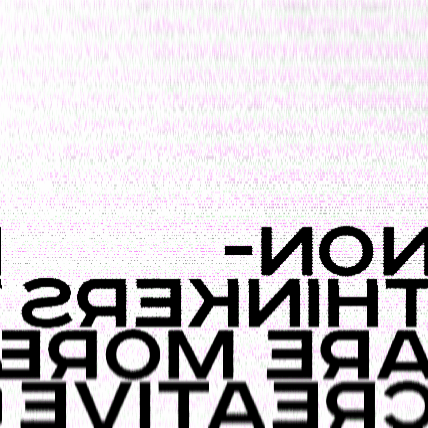
The constraint of boredom leads to creativity. Can mindless making be the best path to revolutionary thinking?
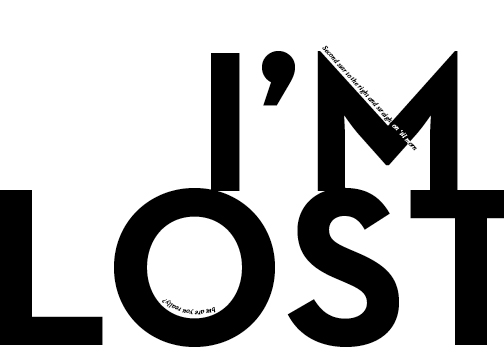
How an impromptu 2-mile bike ride around campus was the perfect reminder at the start of the semester.

Improvisation is a standard in theater, and common in practices like life drawing, but I think it should be used more with design principles.
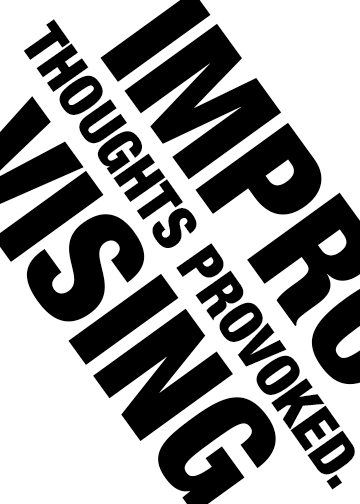
A short poem inspired by a moment in studio
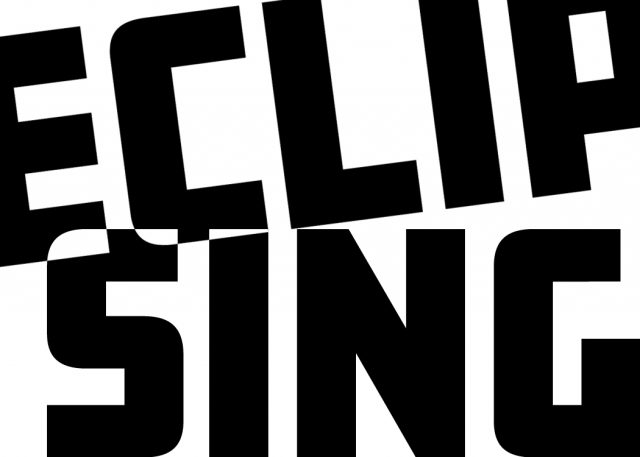
Last week we got the chance to see a once in a lifetime event as a total eclipse passed through southwestern North Carolina.
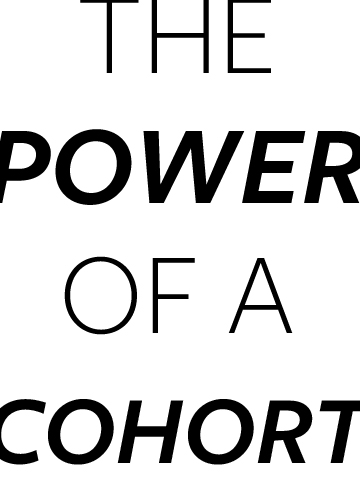
Get you a graduate cohort better than mine.